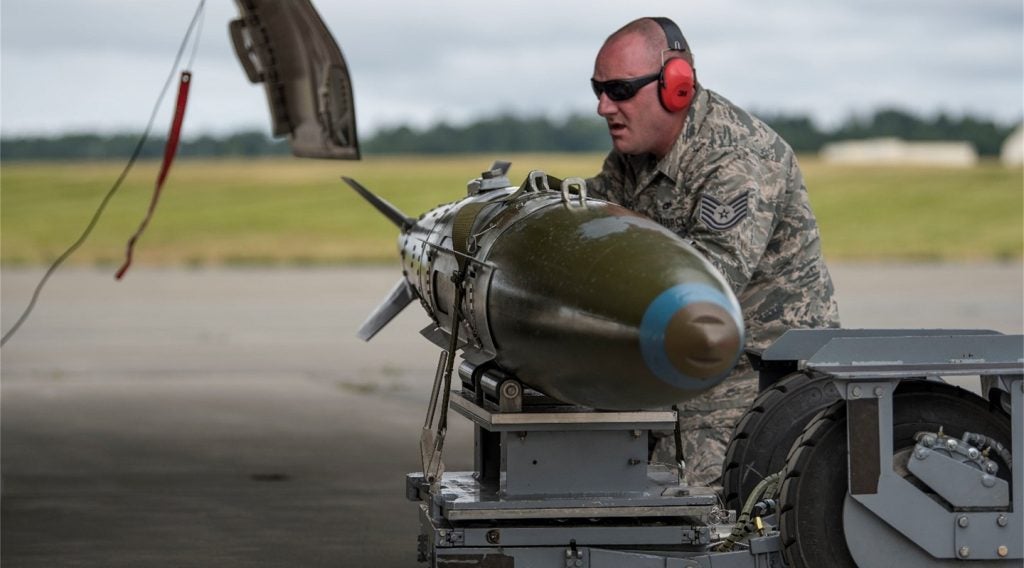
The US Defense Advanced Research Projects Agency’s (DARPA) Autonomous High-Altitude Refueling (AHR) programme has moved ahead with the successful completion of close-proximity flight tests at Edwards Air Force Base in California, US.
Conducted by DARPA, Northrop Grumman and NASA Dryden Flight Research Center between January and May 2012, the test flights brought the programme a step closer the first autonomous aerial refuelling mission between two unmanned, high altitude long endurance (HALE) aircraft.
During the 2.5hr close-formation flight, two modified NASA RQ-4 Global Hawk UAVs served as tanker and receiver aircraft, and operated at a distance of 100ft or less between refuelling probe and receiver drogue, at an altitude of 44,800ft.
The aircraft also flew as close as 30ft, for the first time ever, enabling measurement of full aerodynamic and control interactions.
Northrop Grumman Aerospace Systems Advanced Programs & Technology vice president and deputy general manager Fred Ricker said the technical developments that move the Global Hawks in close formation represents a major achievement for the AHR programme.
"Coupled with the advanced design and technical implementation of aerial refueling systems on board both aircraft, the demonstration has truly brought a concept to life, which has the potential to change the operations for unmanned aircraft utility and enable mission flexibility never before realised," Ricker added.
How well do you really know your competitors?
Access the most comprehensive Company Profiles on the market, powered by GlobalData. Save hours of research. Gain competitive edge.

Thank you!
Your download email will arrive shortly
Not ready to buy yet? Download a free sample
We are confident about the unique quality of our Company Profiles. However, we want you to make the most beneficial decision for your business, so we offer a free sample that you can download by submitting the below form
By GlobalDataDARPA programme manager Jim McCormick said: "The lessons from AHR certainly extend beyond the HALE flight regime, and insights into non-traditional tanker concepts may offer further operational advantages."
The resulting data was then analysed and integrated into simulations for further validation of system safety and performance through contact and fuel transfer, including the effects of turns and gusts up to 20k.
A series of demonstrations, including tanker and receiver first flights and a distant formation tests, were also conducted by the team in preparation for close formation tests, simultaneously maintaining all required safety precautions and measures.
Valued at $33m, the DARPA’s AHR programme aims to demonstrate autonomous aerial refuelling between two Global Hawks, to help support up to one week endurance flights.
Image: Two NASA Global Hawk UAVs operate during close-proximity flight tests at Edwards Air Force Base, California, US. Photo: Northrop Grumman, 2012 ©.







